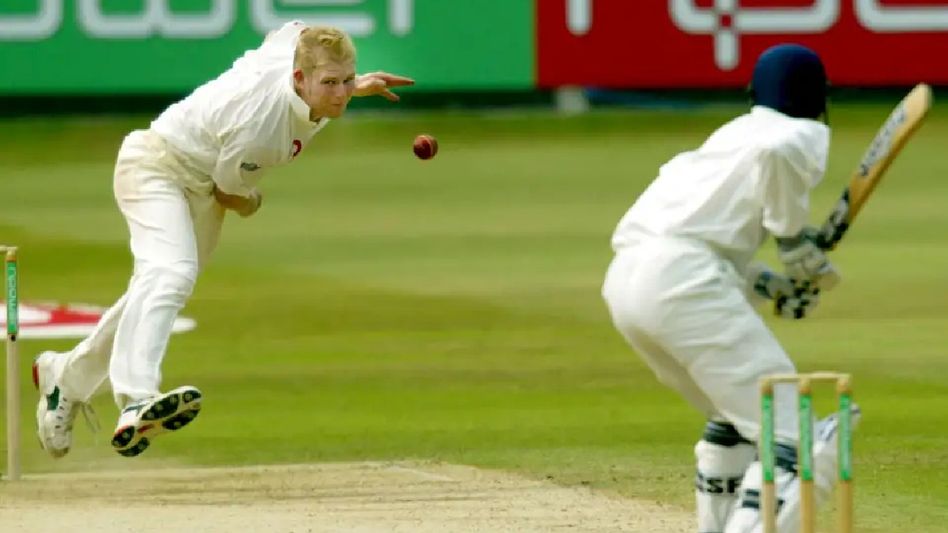Swing bowling unveiled: The science behind cricket's most mysterious delivery
Imagine you are in a cricket match, and the bowler is about to unleash a ball that seems to defy gravity. How does this happen? Let’s dive into the fascinating science behind swing bowling, and you can even try to visualize it!

Imagine you are in a cricket match, and the bowler is about to unleash a ball that seems to defy gravity. How does this happen? Let’s dive into the fascinating science behind swing bowling, and you can even try to visualize it!
The setup
Picture the cricket ball as a perfectly smooth sphere at the start of the game. When it's bowled, it travels through the air surrounded by a thin layer of air called the boundary layer. This layer can either flow smoothly or get all tangled up—think of it like a calm river versus a raging stream.
The magic of asymmetry
Here's where the trickery begins. Imagine the ball has one side that’s shiny and smooth (like a freshly polished surface) and the other side that’s rough (imagine sandpaper). When the ball flies through the air:
- The smooth side: Air flows over it smoothly, creating a calm boundary layer.
- The rough side: Air gets all turbulent, creating chaos as it moves over.
This difference in air flow creates a pressure difference. The ball swings towards the rough side because the turbulence there creates lower pressure compared to the smooth side.
The role of the seam
Think of the seam as a little disturbance in the airflow. When the bowler releases the ball with the seam angled, it affects the air around it. If the seam is angled towards the slips, the ball swings away from the batsman (this is called outswing). If the seam is angled towards leg side, the ball swings in (this is inswing).
The Aging Process
As the game progresses, the ball gets older and the surface changes. One side becomes shiny and smooth, while the other becomes rougher. This difference leads to something called reverse swing. Instead of the ball swinging towards the rough side, it now veers towards the smooth side. It’s like flipping the switch on the swing direction, confusing the batsman even more!
Environmental Impact
Ever heard that the ball swings more on a humid day or under cloud cover? It's true! These conditions affect how the air moves around the ball, enhancing or reducing swing.
Your Challenge
Next time you’re watching a match, try to spot the ball’s shine and rough patches. Notice how the bowler angles the seam and how the ball behaves. You’ll be able to see the science of swing bowling in action!
Swing bowling is a perfect blend of physics and skill, turning a cricket match into a thrilling display of strategy and science. How’s that for a game of cricket?
Copyright©2025 Living Media India Limited. For reprint rights: Syndications Today









